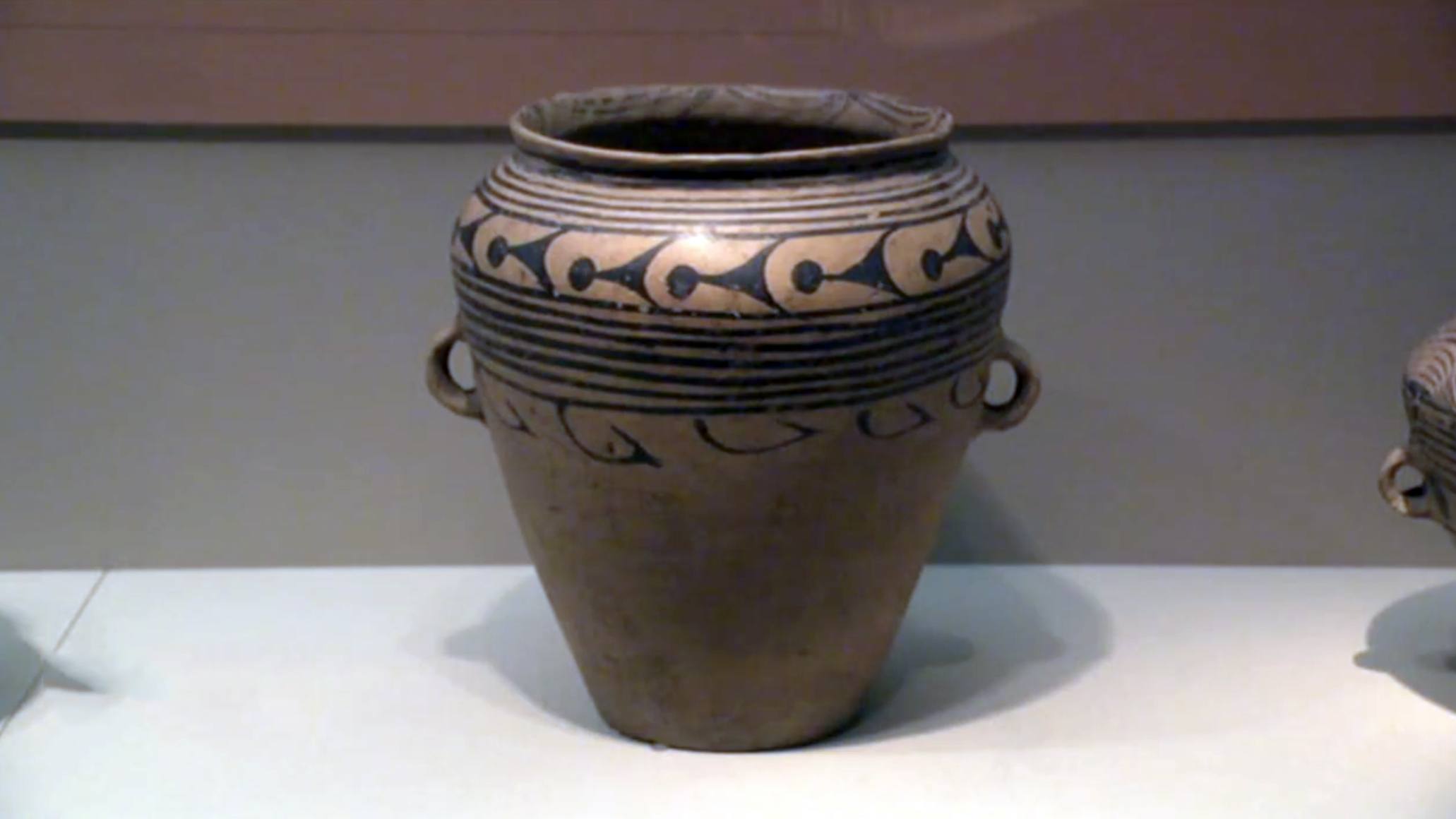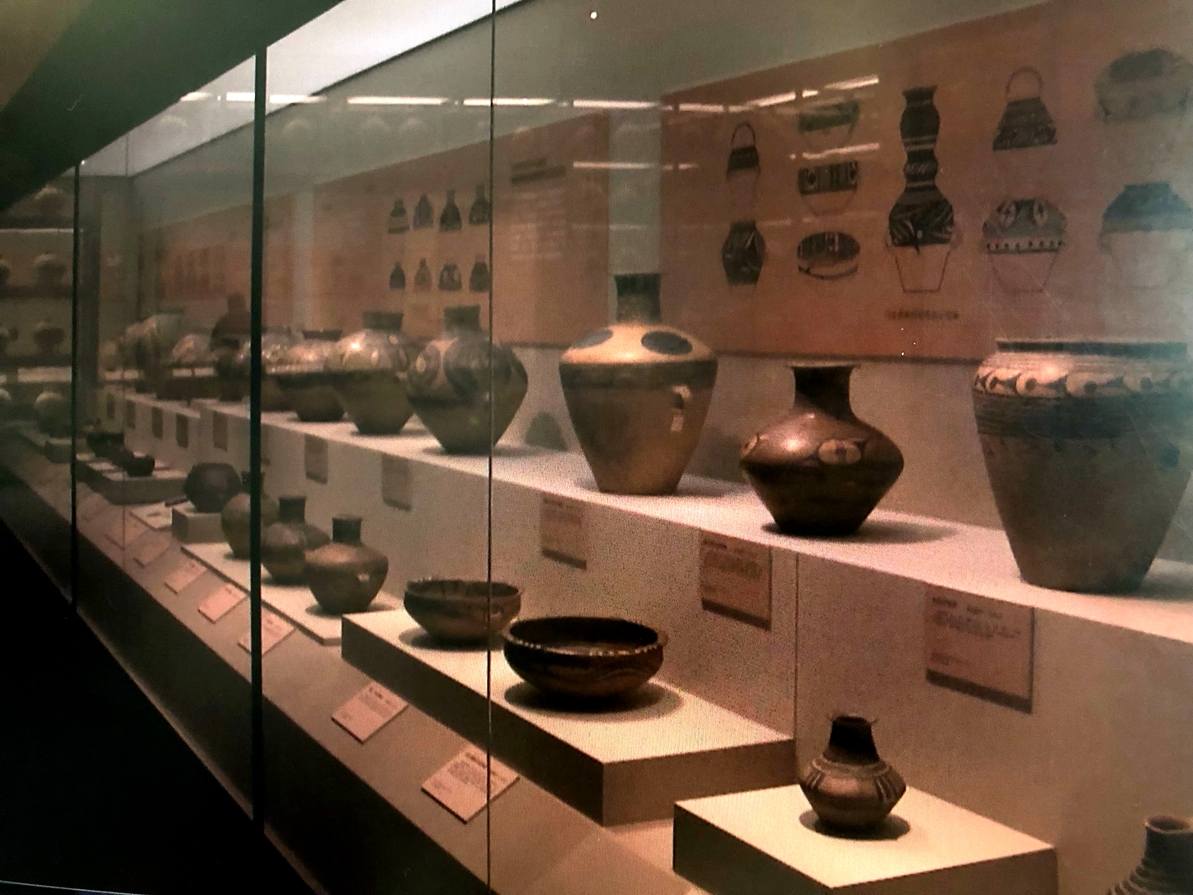
Culture China
20:30, 08-May-2019
Beijing exhibition examines western Chinese province with Belt and Road perspective
By Wang Wei
01:28

With the Conference on Dialogue of Asian Civilizations scheduled for mid-May in the city, Beijing's leading cultural institutions are mounting a series of activities to welcome the event. A display about west China's Qinghai Province at the Capital Museum is among the highlights.
The exhibition "Qinghai and the Belt and Road" presents cultural relics discovered in the province in recent decades. The artifacts date back to the New Stone Age and the early Bronze Age between 6,000 and 4,000 years ago.
A series of colored pottery utensils suggest an effort by early humans to record their activity.
Tan Xiaoling, director of the Ethnic Culture Department of Capital Museum, said: "The imagery is more than a simple pattern sketching an idea of dancing. Actually, it is much more significant than that. The activity depicted is a ritual. Similar patterns have been found in India during roughly the same era. So it bears witness to early cultural exchanges. In China, it was found near Lanzhou City in the western province of Gansu. As our evidence indicates, it later spread from there further west. The chronology largely corresponds with that of human migrations."

Artworks are featured at the exhibition “Qinghai and the Belt and Road” at the Capital Museum. /CGTN Photo
Artworks are featured at the exhibition “Qinghai and the Belt and Road” at the Capital Museum. /CGTN Photo
Located on the highlands to the east of the Tibet Autonomous Region, Qinghai is believed to have seen significant human activity in prehistoric times.
Among the relics discovered are bronzeware, jade ornaments, and remains of wheat and domesticated animals. They all point to active ties and exchanges with neighboring regions.
"Such a curved hook used to be a prominent symbol of an early culture originating from the plains of Eastern Europe. It was once common among the grassland cultures across the inner Eurasian continent. More than 4,000 years ago, Qinghai has been interacting with neighboring regions. The exquisite craftsmanship shows a very advanced understanding of metallurgy. It is hard to imagine the development of such skills without cultural exchanges," added Tan.
As further proof that Qinghai has long formed an integral part of China's ancient civilization, the show will run until mid-June.

SITEMAP
Copyright © 2018 CGTN. Beijing ICP prepared NO.16065310-3
Copyright © 2018 CGTN. Beijing ICP prepared NO.16065310-3